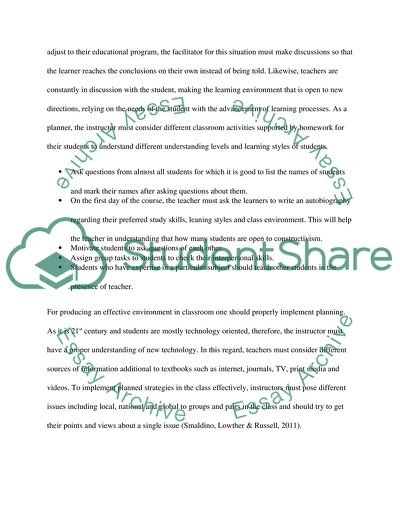Cite this document
(Learning Theory Research Paper Example | Topics and Well Written Essays - 1000 words, n.d.)
Learning Theory Research Paper Example | Topics and Well Written Essays - 1000 words. https://studentshare.org/education/1837913-learning-theory-research-paper
Learning Theory Research Paper Example | Topics and Well Written Essays - 1000 words. https://studentshare.org/education/1837913-learning-theory-research-paper
(Learning Theory Research Paper Example | Topics and Well Written Essays - 1000 Words)
Learning Theory Research Paper Example | Topics and Well Written Essays - 1000 Words. https://studentshare.org/education/1837913-learning-theory-research-paper.
Learning Theory Research Paper Example | Topics and Well Written Essays - 1000 Words. https://studentshare.org/education/1837913-learning-theory-research-paper.
“Learning Theory Research Paper Example | Topics and Well Written Essays - 1000 Words”. https://studentshare.org/education/1837913-learning-theory-research-paper.


